Hoya tsangii ... I'm rather underwhelmed truth be told
15 years ago
Related Stories

INSIDE HOUZZHouzz Survey: See the Latest Benchmarks on Remodeling Costs and More
The annual Houzz & Home survey reveals what you can expect to pay for a renovation project and how long it may take
Full Story
MOST POPULARSo You Say: 30 Design Mistakes You Should Never Make
Drop the paint can, step away from the brick and read this remodeling advice from people who’ve been there
Full Story
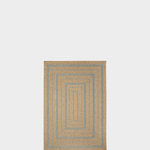
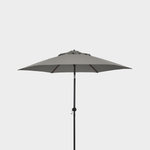
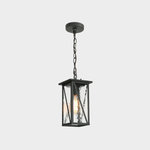
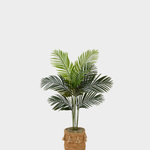

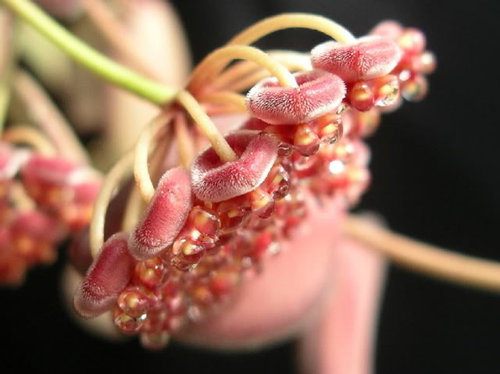
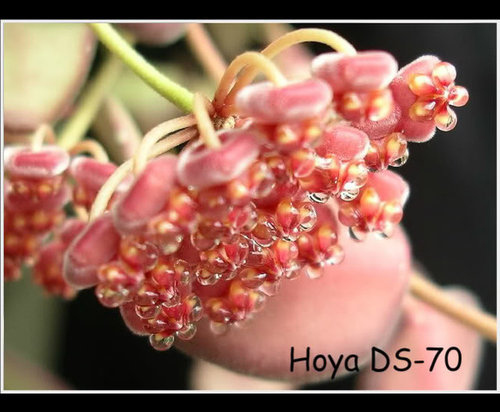
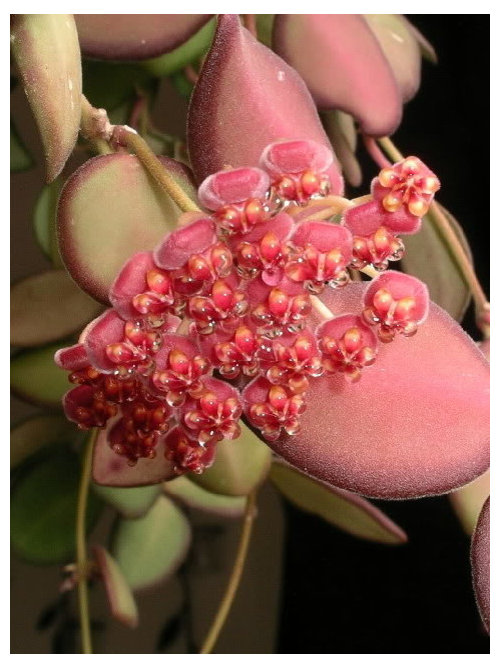
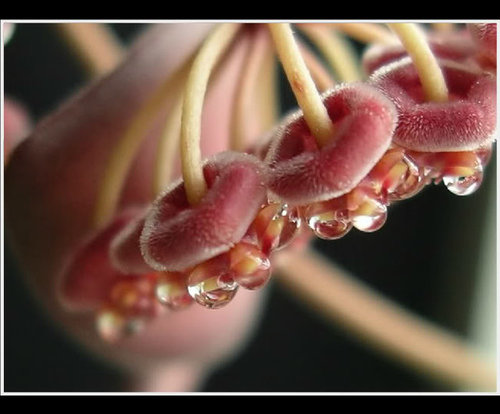
suetran1
mdahms1979
Related Professionals
East Rancho Dominguez Landscape Architects & Landscape Designers · Hershey Landscape Architects & Landscape Designers · Middle River Landscape Architects & Landscape Designers · South Elgin Landscape Architects & Landscape Designers · Bethlehem Landscape Contractors · Tempe Landscape Contractors · Aloha Landscape Contractors · Bridgeview Landscape Contractors · Burien Landscape Contractors · East Lake-Orient Park Landscape Contractors · Palos Verdes Estates Landscape Contractors · Ramsey Landscape Contractors · Casselberry Landscape Contractors · Reston Driveway Installation & Maintenance · Campbell Driveway Installation & Maintenancebihai
Denise
puglvr1
Denise
gabro14
mdahms1979
gabro14
puglvr1
gabro14
treelover3
gabro14
treelover3
gabro14
gabro14
treelover3
gabro14
treelover3
treelover3
gabro14
txmom
mdahms1979
treelover3
kellyknits